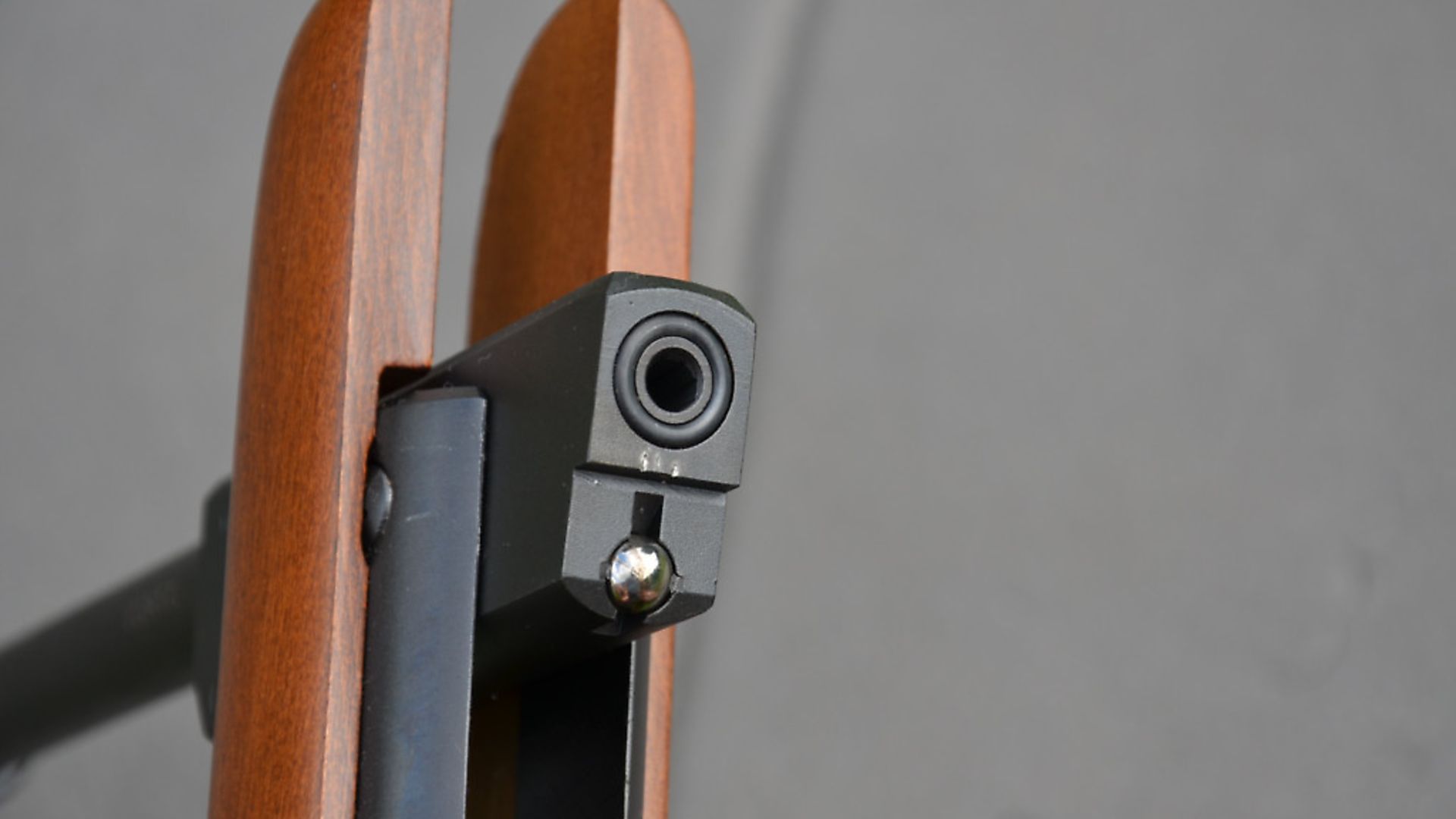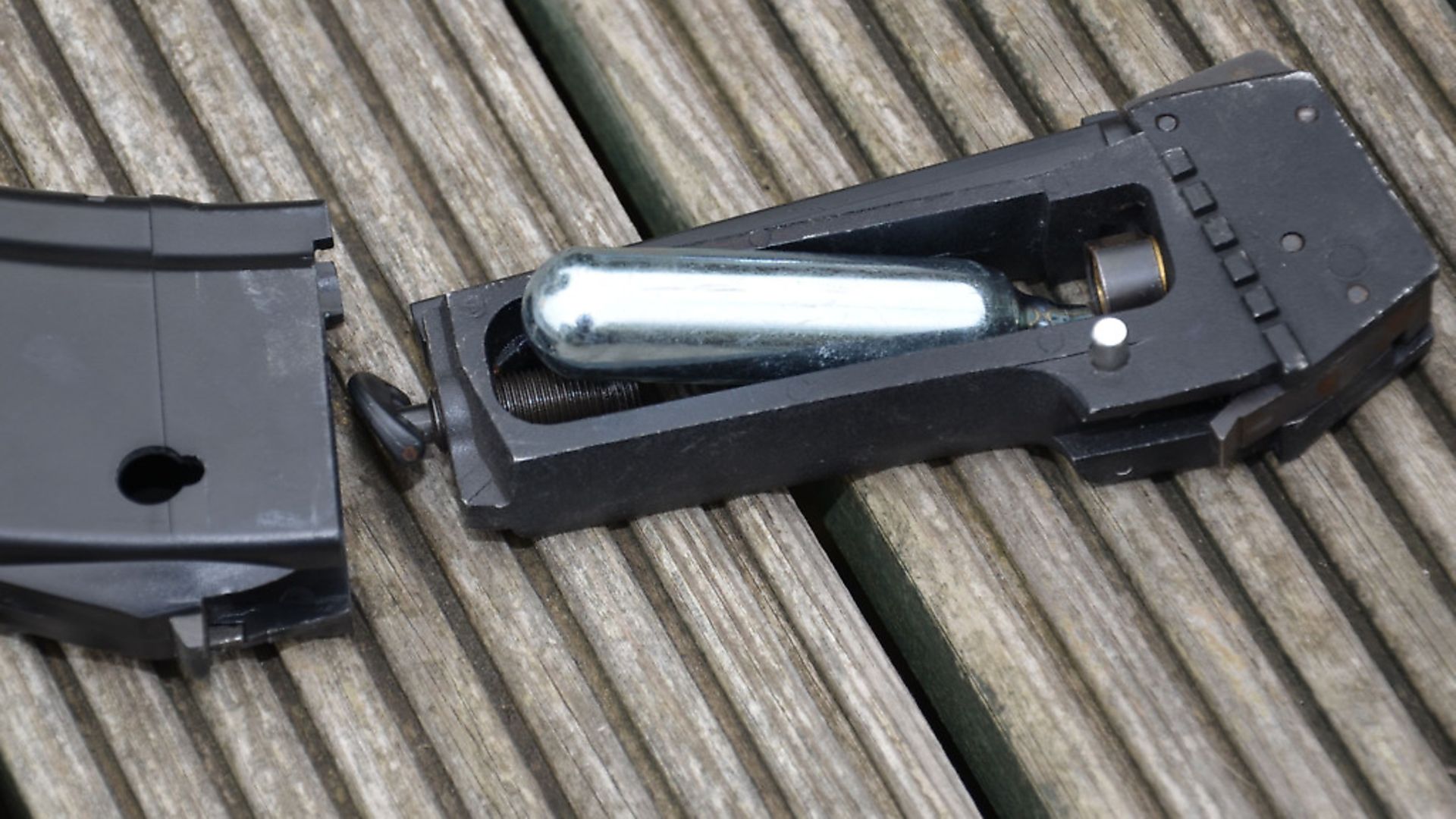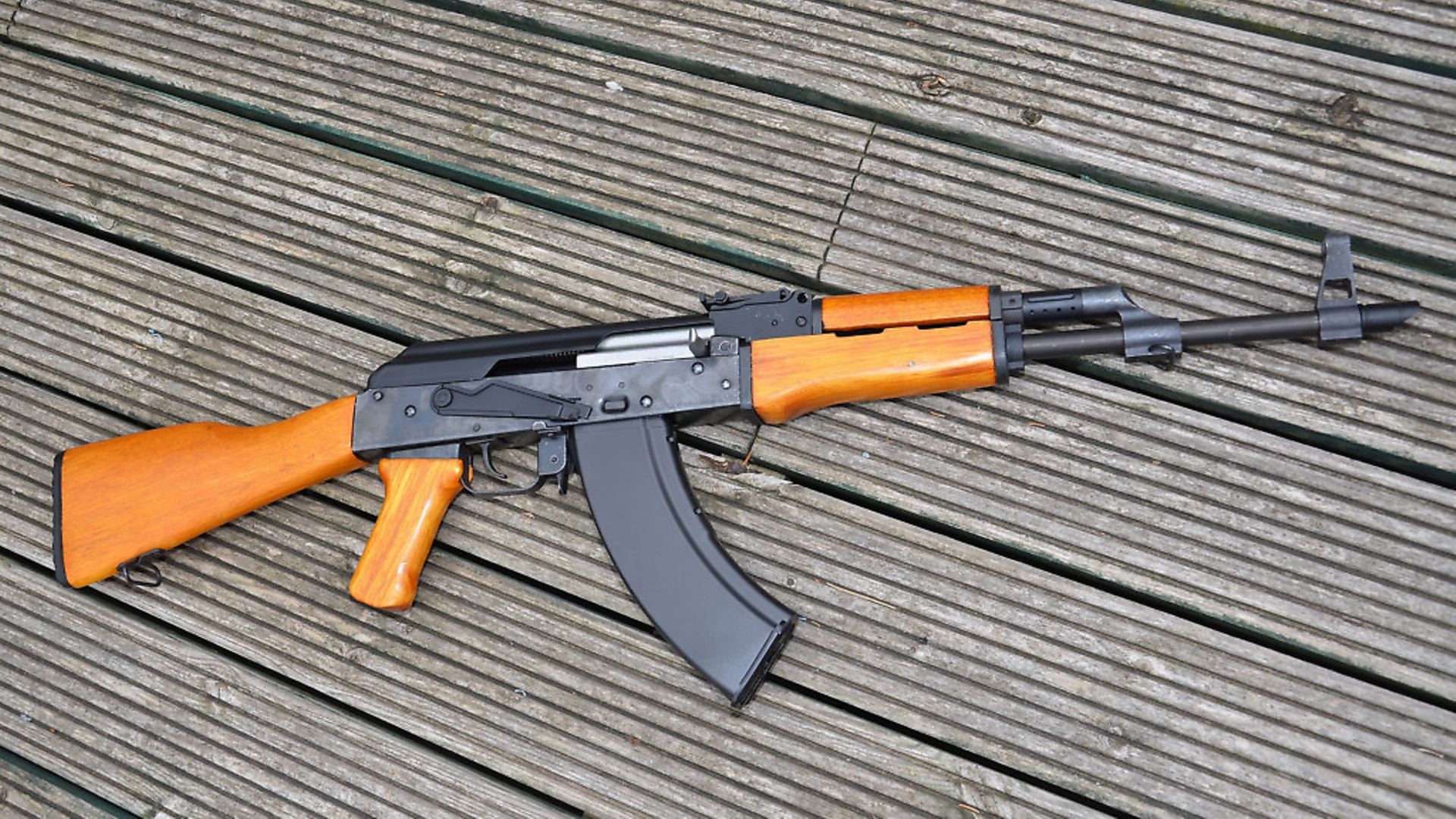Mark Camoccio new series will focus on all aspects of shooting an airgun successfully, and that has to start with choosing a gun in the first place
 credit: Archant
credit: Archant
Take up any new sport or interest, and it can be a totally baffling experience because the jargon and terminology bandied around can simply serve to frazzle the brain into a general state of overload.
Well, fear not, because my main aim with this series is to focus on all aspects of shooting an airgun successfully, and that has to start with choosing a gun in the first place. More experienced shooters will have to forgive me for covering the basics from the start, but to any newcomer it’s all understandably confusing.
Power delivery?
Discussions with newcomers at my club inevitably centre around gun selection.
Yes, it certainly can be baffling, but I reckon we should start by covering the different options of power delivery because it will definitely influence our choice of gun. The different types of airgun available today really are fascinating, and it’s testament to the ingenuity of the designers.
 credit: Archant
credit: Archant
Spring piston airguns:
The time-honoured, traditional, spring-powered airgun is still going strong, and still accounts for a huge percentage of overall sales. Many are relatively cheap to buy, and power is derived by a large mainspring being compressed. The stored kinetic energy of the spring then powers the piston, which compresses a volume of air ahead of it that, in turn, powers the pellet. Spring power may be seen as old-fashioned by some, but the best examples can give PCPs a run for their money in terms of raw accuracy – they just take a lot more careful input from the shooter, to get the best from them.
The beauty of the springer is that it is self-contained because the gun itself generates the power. The downside is firstly, that the action kicks and recoils as it fires, and secondly, the increased weight over other types of airgun, given that the heavy piston and mainspring have to be hidden inside the action. Power-to-weight ratio dictates that a lighter spring-powered gun will probably recoil more, whilst the sheer mass of the heavier model will help to absorb some of the recoil, so it should be less harsh. Two main types exist:
 credit: Archant
credit: Archant
Break-barrel:
Break-barrel airguns are perhaps the most popular of all, and still hold massive appeal.
The cheapest, bargain basement models tend to use this design, but top quality models from the big name brands can be extremely slick. The fast-fire configuration has a no-nonsense feel to it, and still takes some beating for sheer airgun enjoyment. Just pull the barrel right down and back until the trigger sears click and engage, and the mainspring is fully compressed, then chamber a pellet directly into the open breech, and snap the barrel closed. Shots are available as quickly as you can complete that cocking cycle, which in practice, can be extremely quick.
 credit: Archant
credit: Archant
Under-Lever:
Modern production methods are improving all the time, but the good old break-barrel design can still suffer from slight wear around the breech jaws, and this can lead to problems with alignment further down the line.
This is where the fixed-barrel springer scores because the gun has a separate under-lever or side-mounted lever, used to cock the action. The barrel is fixed, so stays in perfect alignment and long-term accuracy – in theory at least – is potentially greater.
Gas-ram
The idea for a gas-ram came from those clever chaps behind Theoben, back in 1982, famously inspired by the pneumatically damped forks on a motorbike.
By replacing the steel mainspring in the compression cylinder with a sealed chamber full of air, the characteristics of the rifle could be altered, and a more maintenance-free rifle developed. Basically, as the barrel is broken and the rifle is cocked in the conventional manner, the air permanently contained behind the piston, is compressed. Once the rifle is fired, this contained air expands, powering the piston, which in turn, compresses the air before it, which powers the pellet in the normal way.
The upside is that it all happens in milliseconds, and the result should be a super-fast lock time, with a super-smooth firing cycle in theory. The downside is that some manufacturers’ attempts to copy Theoben’s idea are a little unsophisticated and actually harsh to fire.
CO2-powered airguns
CO2 airguns are a unique side of the market.
It’s actually carbon dioxide gas (CO2) that powers the pellet in this style of airgun. The gas is stored as a liquid inside the CO2 capsule, and only becomes a gas on contact with air. CO2 airguns require a power capsule to be loaded, and this then powers the gun, typically for around 50-70 shots per standard 12g capsule. Some guns utilise larger capsules, with larger shot counts, and the system has given rise to many multi-shot designs. Unsurprisingly, with fast-fire repeating guns now flooding the market, CO2 has become immensely popular, and replica pistols powered by CO2 can be great fun, of course.
The upside is a rapid rate of fire, and often, recoilless shooting. The downside is firstly, the additional cost, roughly 80p to £1 per 12g CO2 capsule, and secondly, the way in which CO2 can be affected by temperature. In cold conditions, shot count will fall, sometimes quite significantly. For this reason, CO2 holds sway in the fun sector of the market, whilst few serious competition models have taken up the system.
Discover more...
How does an airgun work?